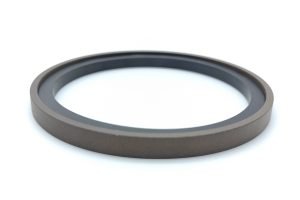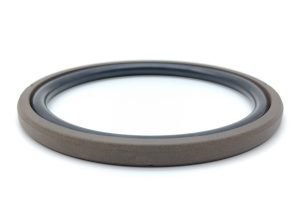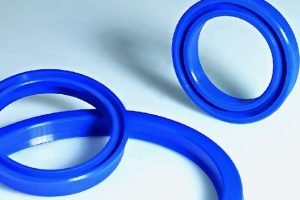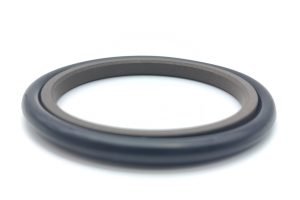Lip seals are an important part of modern industries, where they help contain lubricants, keep the contaminants at bay and prevent leakage. This guide will cover all the essential details about lip seals, from discussing their function to common types and how to install one yourself. Let’s get to it!
How Does a Lip Seal Function?
A lip seal is a useful component of any machinery and it has two main functions. First, the seal stops the lubrication from any lubricated moving parts from leaving the bearing. Secondly, the seal keeps all the contaminants like dirt, dust or other liquids out of the rotating shaft. This creates a foolproof barrier.
The body of the lip is mostly made from soft materials like rubber or elastomers. When you install a lip seal, the lip presses against the rotating shaft. This pressure is what creates a barrier and stops the fluids from leaking out. You might be thinking, why does the lip seal not slip when the shaft rotates? Well, as the shaft rotates, the lip also flexes against it. The internal pressure in the shaft keeps the lip secured tightly in place.
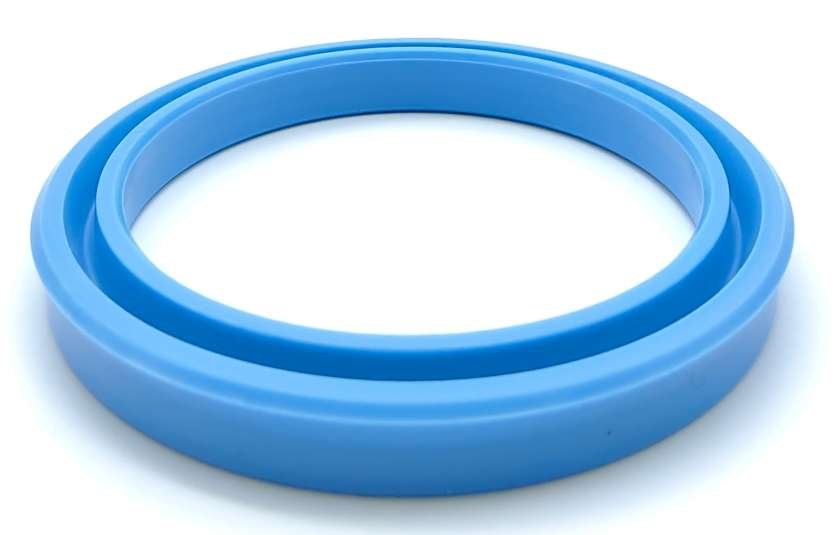
Common Lip Seal Types Used in Industries
Lip seals, also called radial lip seals sometimes, are typically divided into these categories:
- Single Lip Seals: This lip seal is very common and used in most industries. It has only one sealing lip and is useful in machinery where moderate pressure can do the job.
- Multiple Lip Seals: A multi-lip seal combines two or three lips together for more heavy-duty applications. It offers a large supporting force and can withstand high-pressure shocks too.
- Spring-Loaded Lip Seals: These seals have a garter spring that exerts a constant radial lip load, keeping the sealing in place. This design is perfect for applications where temperatures or load varies a lot.
- Non-Spring-Loaded Lip Seals: If you are looking for a lip seal that can hold thick fluid like grease or oil, then a non-spring-loaded lip seal is your go-to. This seal works by only using the lip’s own elasticity and can manage low-friction machinery.

Now, let’s move on to the most commonly used lip seals in the market right now:
Hydraulic Pump Seals
A hydraulic pump uses the movement of the fluid to convert mechanical energy into hydraulic energy, and a lip seal is critical here. A hydraulic pump seal prevents the liquid from leaking out of the housing which could cause damage to the pump. It also keeps dirt, dust and other liquids from entering the hydraulic fluid housing.
Axial Lip Seals
While a typical radial lip seal sits around the shaft itself, an axial lip seal does the opposite. It seals the face of the shaft or housing, making it best for low-speed machinery where axial forces are present. This is not the most common lip seal type, but it comes in handy for specific applications.
Rotary Lip Seals
A rotary lip seal is placed along a rotating shaft in different kinds of machinery. It is designed to bear changing temperatures, high speeds and lots of wear resistance. In some cases, a rotary lip seal comes with a garter spring, so the lip is always in contact with the shaft.
Axle Seals
Have you ever experienced a costly repair when your car’s transmission breaks down? Well, an axle seal is a critical component that prevents this from happening. This seal connects the axle of your car to the transmission, barring the transmission fluid from leaking out. If an axle seal breaks or fails, fluid leaks into the transmission, wreaking havoc in your engine.
V-Ring Seals
A v-ring seal is used as an additional measure to prevent any and all contaminants from entering a system. They are added with other seals for extra security on rotating shafts.
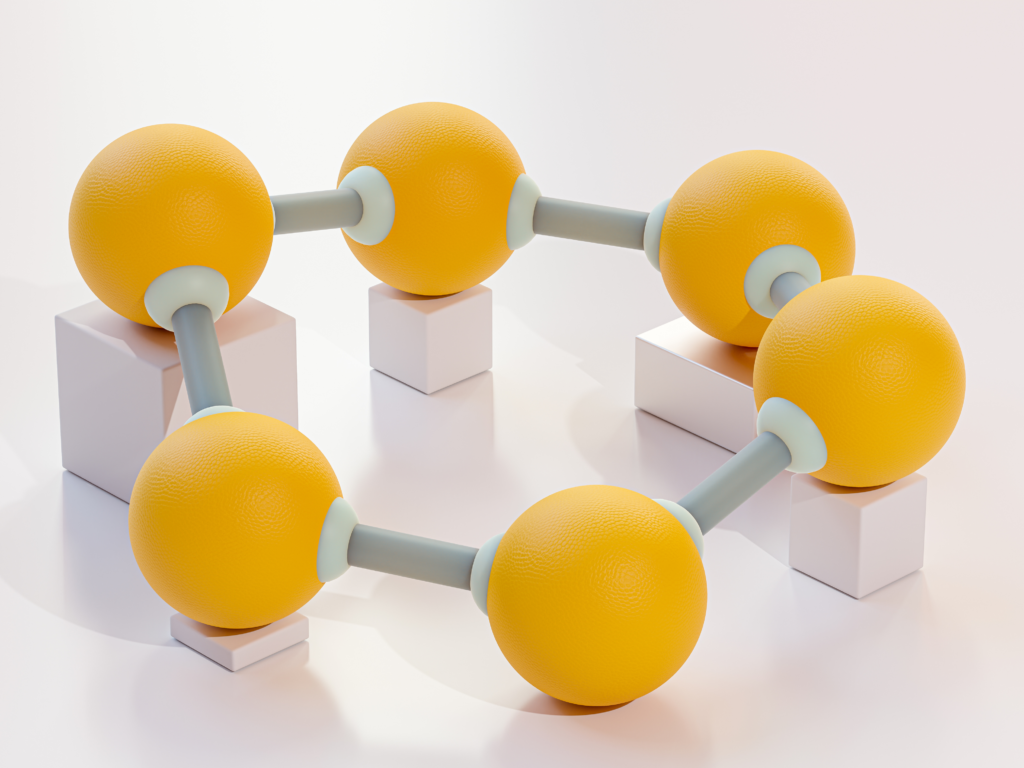
A Comparison of Lip Seal Material
The right material for a lip seal can make or break its performance, so you must choose carefully. The choice of material will affect how durable the seal is and if its compatible with the environment or not. Every material has different properties, and here we will discuss a few of the most commonly used:
PTFE
PTFE is a high-performance material known for its impeccable chemical resistance and low friction. A PTFE seal is a preferred choice for most manufacturers because it works well in extreme conditions. These could be anything from high temperatures to aggressive chemicals. The material can operate in temperatures between –240°C to +260°C and stay non-reactive.
Silicone Rubber
If flexibility is what you’re after, a silicone rubber seal will do the job. Silicone does fairly well in extremely high temperatures, withstanding -60°C to 230°C (-76°F to 446°F). This is why you will find silicone in applications like car engines or food processing equipment. A silicone seal resists UV light, ozone and weathering, but it doesn’t stand a strong chance against high oil or fuel exposure.
TPU
Thermoplastic polyurethane, or TPU, has good elasticity, stands strong against abrasion, and is remarkably strong. If you need a seal for machinery that will experience a lot of wear and tear, then TPU is the right material. These could be applications like hydraulic systems, heavy construction machinery, or mining equipment. TPU is comparatively better oil-resistant and has good sealing performance, so it’s a long-lasting PU Seal material.
Nitrile Rubber(NBR)
If you’re looking for a lip seal that balances performance with affordability, then you’ve found your match. Nitrile Rubber, or Buna-N, is a general-purpose lip seal material that resists oils, fuels and most hydraulic fluids. With temperature limits between -40°C to 120°C (-40°F to 248°F), you will find Buna-N in most extreme applications and machinery. But NBR doesn’t work well in fluids like strong acids, solvents or ozone exposure.
FKM
Fluoroelastomers goes by its brand name Viton and is a household name in lip seals. The material gives superior resistance against changing temperatures, chemicals and oils.So it is famous for its high temperature and high corrosion resistance. You can use it in machinery where the temperatures go up to 250°C (482°F), and the seal will still function perfectly. FKM doesn’t degrade with ozone or UV light either, so it excels in almost all kinds of environments. From acids to solvents, FKM can maintain a strong seal in most fluids.
EPDM
EPDM is another popular name when it comes to synthetic rubber, and it can stand against water, steam and weathering elements. You will find that most outdoor seals are made from EPDM where there are water-based systems. It performs well at temperatures between -50°C to 150°C (-58°F to 302°F), and it’s resistant to ozone and UV light. However, EPDM does not perform well in environments with oils or petroleum-based products.
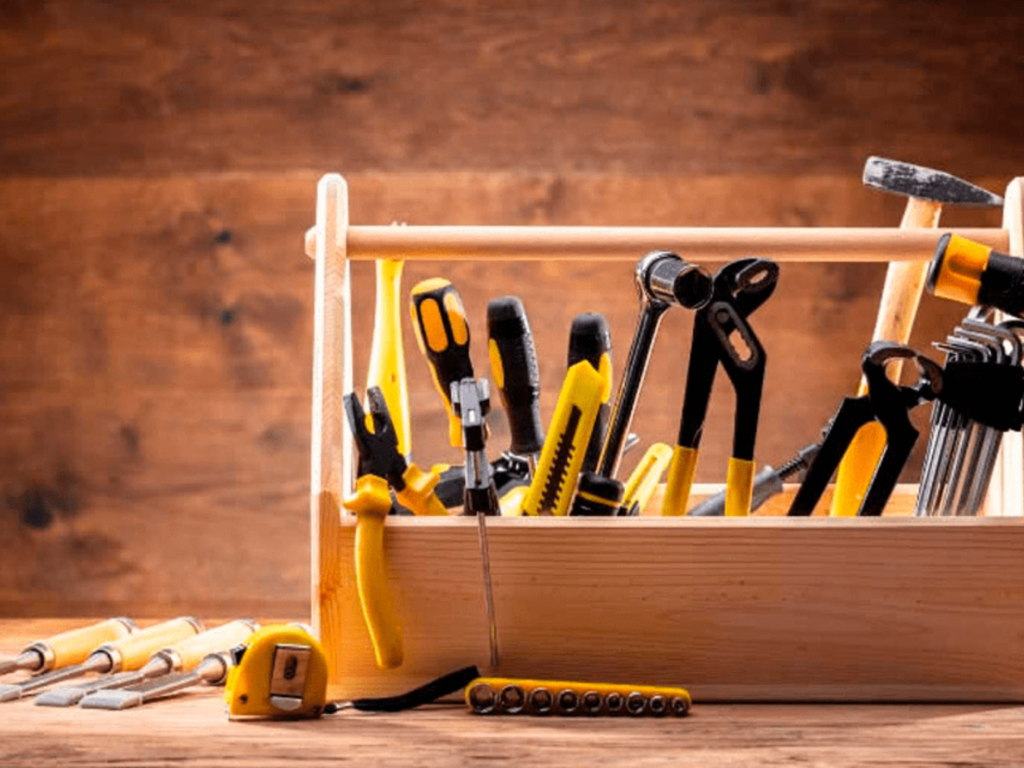
Lip Seal Installation Directions and Method
Are you planning to install a lip seal by yourself? Just follow these simple steps so you can install the seal properly:
Step 1: Prepare Before Installing
Before you start the install, clean all the little components. Take a look at the shaft, housing bore and the seal itself. There shouldn’t be a single damage like a small nick, burr, scratch or dent because this will compromise the installation. Especially the seal lip(s), since any damage here could lead to a leak down the road.
Steps to Follow:
- Clean the surface of the shaft.
- Use a spacer or shaft repair sleeve to take care of worn areas.
Step 2: Check the Garter Spring
Most oil seals come with a garter spring. If your lip seal also has a spring then make sure it’s seated the right way. This spring will give pressure to the seal so it sits tightly against the shaft.
Steps to Follow:
- Check if the spring is inside the lip seal.
- Don’t switch or twist the spring.
Step 3: Lubricate the Seal
Take a small amount of grease and apply it to the seal lips and the shaft area that will come in contact. If you’re using a double-lip seal, then fill the space between both lips with grease. This step is important because it stops friction and doesn’t damage the seal during break-in.
Steps to Follow:
●Prevent dry friction and lubricate the seal lips.
●Grease the shaft area that will touch the lip seal.
●If you have a rubber-coated seal, put the lubricant on the outside diameter.

Step 4: Protect the Seal During Installation
If you’re working with a shaft that has splines or gears, then an installation sleeve will come in handy. It will protect your seal lip from sharp edges when you slide it over. If the seal lip gets damaged at this point, it could lead to premature failure.
Steps to Follow:
- Use a protective sleeve or tape over sharp areas of the shaft.
- Slowly slide the seal onto the shaft.
- Don’t tug on the lip when you’re putting it on.
Step 5: A Perpendicular Installation
This is a very important step, so pay attention. The seal should be exactly perpendicular to the shaft and housing bore. Even a little bit of angular misalignment will wear down the seal from one side, and it will eventually stop working. A perpendicular angle is 90 degrees. Use a depth gauge or visual check to confirm that the seal is installed at a 90° angle to the shaft.
Steps to Follow:
- The seal should be perpendicular to the shaft.
- Use a depth gauge to figure out the exact angle.
- Correct any cocking (tilting) of the seal.
Step 6: Final Inspection
After the lip seal is installed, check it again to see if it’s seated properly. Make sure the seal is evenly positioned in the bore and that the lip is making full contact with the shaft. You can even rotate the shaft by hand to check if the seal is working fine.
Steps to Follow:
- Make sure the seal is sitting flush with no gaps.
- Test the rotation of the shaft by moving it yourself.
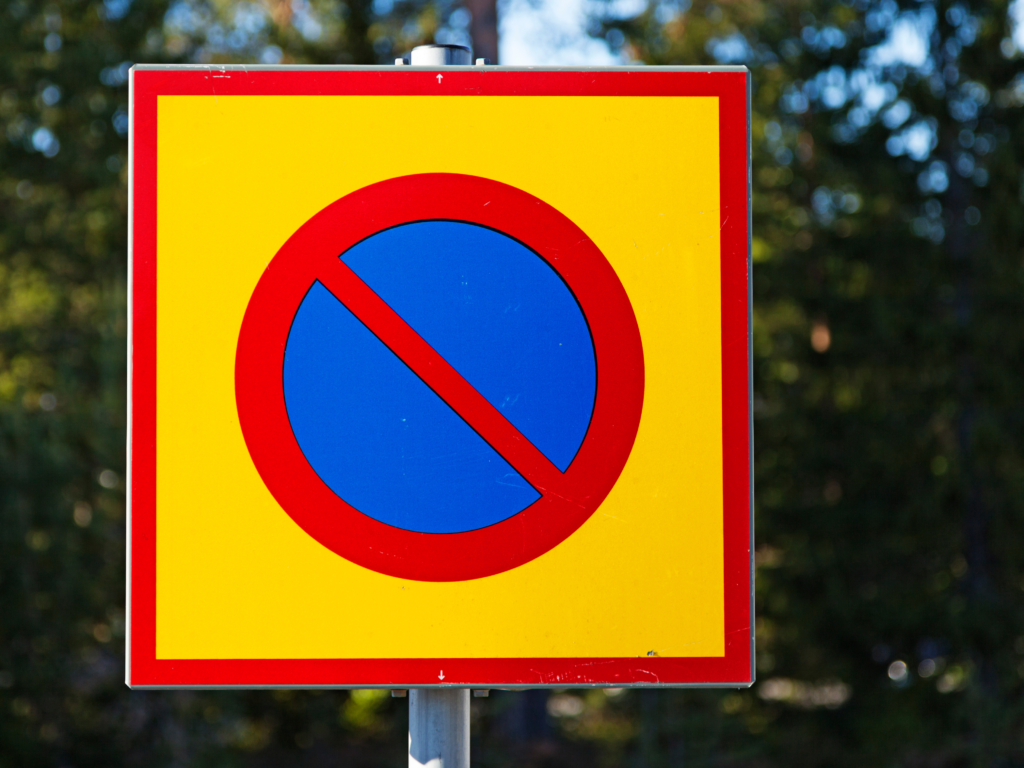
Step 7: Avoid Wear Rings
Are you installing a new seal on an old shaft? Then, you have to make sure the seal’s contact point is not some worn-out section of the shaft. If you see wear rings or grooves, use a shaft sleeve or change the location of the seal yourself.
Steps to Follow:
- Shift the seal slightly if the shaft shows signs of wear.
- Install a repair sleeve to restore the shaft surface.
Step 8: Lubricate Again
Once the lip seal is installed, go back and lubricate the contact points again. Test the rotating shaft first before you let the system work at full speed. Look for any leaks, unusual noise or alignment issues.
Steps to Follow:
●Lubricate the shaft again after installation.
●Monitor the system for any signs of leakage or wear.
Final Thoughts
While the lip seal is not mighty in size, it serves a purpose that could make or break modern machinery and applications. From automotive to construction, major industries rely on this small component to keep their shafts, pumps and hydraulics running smoothly.
Related Articles:
Lip Seal Failure Analysis: Identify Problems and Ensure Safe Operation

